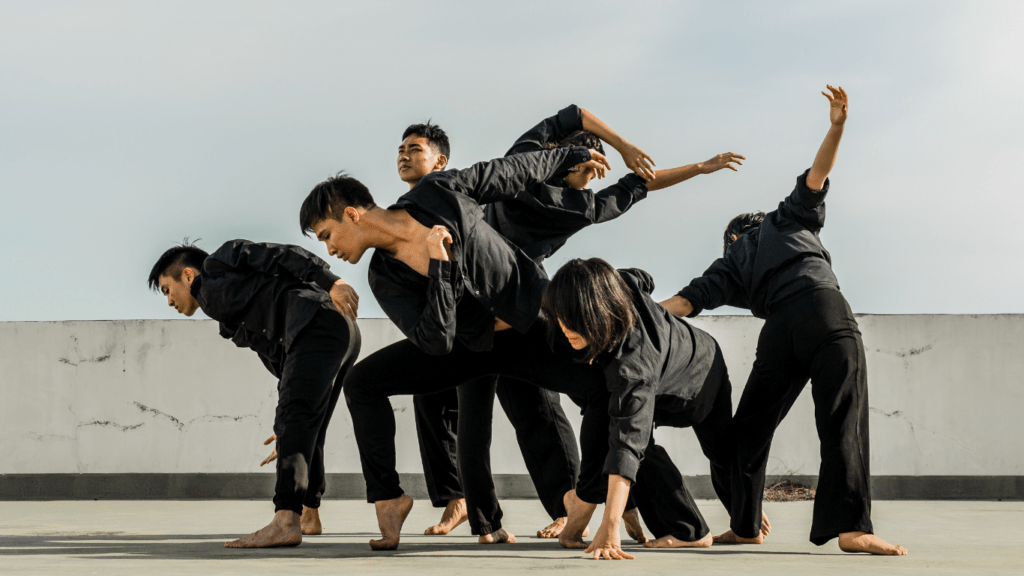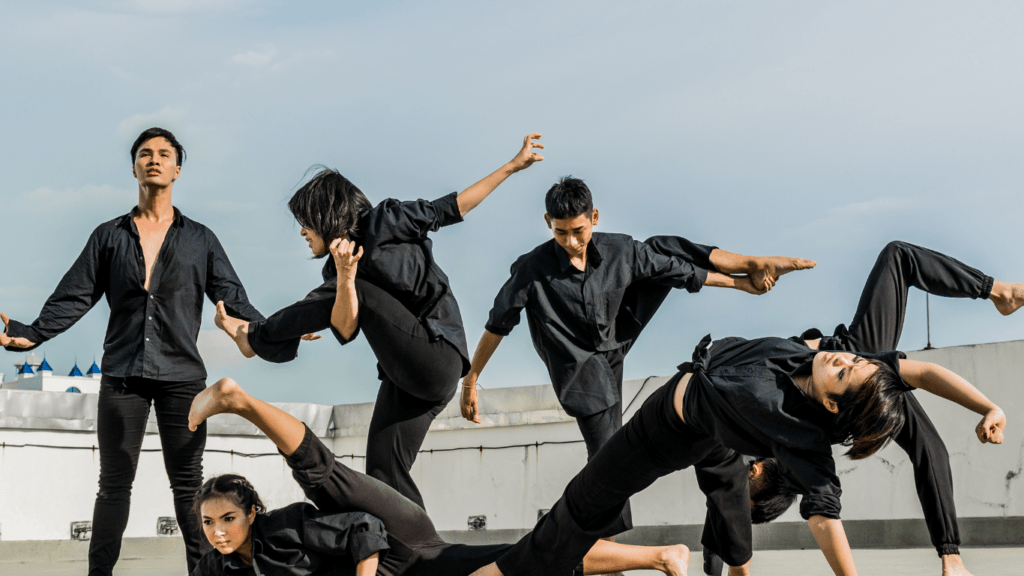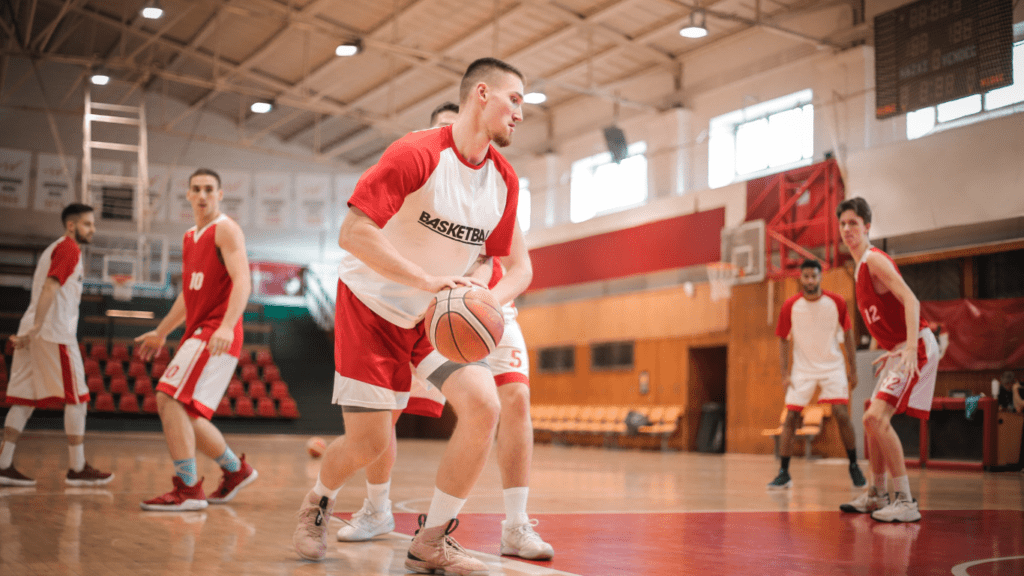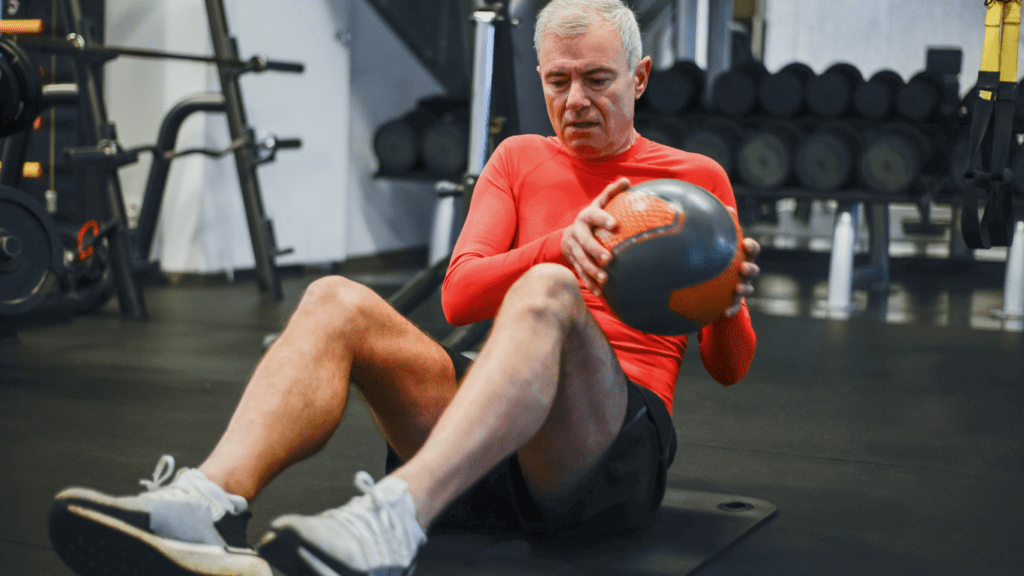Mastering complex movements can feel overwhelming, whether you’re an athlete, dancer, or someone looking to improve physical skills. I’ve discovered that visualization techniques can be a game-changer in this journey.
By harnessing the power of mental imagery, I can enhance my performance and build muscle memory more effectively. In this article, I’ll share practical visualization techniques that have helped me and countless others break down intricate movements into manageable steps.
These methods not only boost confidence but also sharpen focus, making it easier to execute challenging tasks with precision. Join me as we dive into the world of visualization and unlock the potential to master your movements like never before.
Overview of Visualization Techniques
Visualization techniques involve creating mental images to enhance physical performance and master complex movements. Athletes and performers often utilize these methods to improve focus, technique, and overall execution.
- Mental Rehearsal: Mental rehearsal includes imagining the entire movement sequence in detail. This process helps solidify the steps and builds confidence in execution. Research demonstrates that athletes who practice mental rehearsal exhibit improved performance outcomes.
- Guided Imagery: Guided imagery employs visualization scripts or recordings to direct focus. This method pairs mental visualization with relaxing music or a voice guiding the individual through the desired movement. Utilization of guided imagery often helps reduce anxiety and enhances muscle coordination.
- Chunking: Chunking breaks down complex movements into manageable segments. Visualizing each segment separately facilitates easier learning and integrates each part into a cohesive whole. This approach supports effective retention and recall during practice.
- Future Visualization: Future visualization focuses on seeing oneself executing the movement successfully in different scenarios. By envisioning success, athletes and performers can increase motivation and reinforce positive outcomes. Research connects future visualization with higher levels of self-efficacy.
- Color Imagery: Color imagery incorporates specific colors to enhance mental visualization. Associating colors with emotions or sensations helps deepen the mental experience. This technique can also improve focus by creating a more vivid mental landscape.
These visualization techniques serve as tools for enhancing performance in various disciplines, fostering skill development and creating a stronger connection between mind and body.
Benefits of Visualization Techniques for Mastering Complex Movements
Visualization techniques significantly enhance performance by improving motor skills and concentration. These methods create mental pathways that facilitate the execution of intricate movements with precision.
Enhancing Motor Skills
Enhancing motor skills involves using visualization to reinforce neural connections that dictate physical actions. Visualizing movements engages the same brain regions as actual practice. This mental rehearsal allows for a deeper understanding of movement patterns, leading to improved coordination and technique.
Studies show that athletes who consistently use visualization techniques experience increased speed, accuracy, and overall skill level. Physically challenging movements become second nature through repeated mental imagery, ultimately leading to better performance in real situations.
Improving Focus and Concentration
Improving focus and concentration through visualization creates a mental framework for executing complex movements. This practice reduces distractions and anxiety by directing attention toward specific tasks.
Athletes report greater mental clarity during performance when employing guided imagery, which cultivates a calm state necessary for precision. Consistent use of visualization techniques strengthens one’s ability to maintain focus in high-pressure situations, further contributing to successful execution of challenging movements.
Types of Visualization Techniques
Various visualization techniques enhance performance in mastering complex movements. These methods create strong mental representations of actions, leading to improved execution.
Mental Imagery
Mental imagery involves vividly picturing movements in my mind. It engages all senses, allowing me to visualize the details, such as position, timing, and emotions. Research shows that mental imagery enhances motor skills and memory retention.
Athletes can rehearse skills without physical practice, developing muscle memory through mental repetition. For example, gymnasts mentally practice routines, improving precision during actual competitions.
Guided Visualization
Guided visualization uses narrated imagery processes to help me visualize movements. This technique often involves listening to recordings that lead me through specific movement scenarios.
By focusing on the guidance, I create detailed mental pictures that foster relaxation and enhance concentration. For instance, a dancer might visualize a performance while listening to instructions, which strengthens their connection with each movement.
Studies indicate that guided visualization improves confidence and reduces performance anxiety, making it an effective method for skill development.
Practical Applications in Training
Visualization techniques offer practical applications across various training environments, enhancing performance and recovery in sports, rehabilitation, and therapy.
Sports and Athletics
Visualization techniques enhance performance in sports by allowing athletes to mentally rehearse skills and scenarios. I often encourage athletes to practice mental imagery before competitions, envisioning successful execution of techniques. This method reinforces motor pathways and boosts muscle memory, leading to improved coordination and execution. Studies show that athletes who engage in mental rehearsal experience greater confidence, reduced anxiety, and heightened focus. For example, basketball players who visualize making successful free throws demonstrate improved accuracy during games. This adaptable technique not only fine-tunes specific skills but also prepares athletes to manage high-pressure situations effectively.
Rehabilitation and Therapy
In rehabilitation and therapy, visualization techniques play a significant role in recovery. Patients recovering from injuries or surgeries can benefit from mental rehearsal to regain movement patterns and enhance their rehabilitation process.
I often guide individuals in picturing themselves performing exercises successfully, which aids in muscle activation and promotes neural healing. Research indicates that patients who utilize visualization techniques during recovery show improved outcomes and faster healing times.
For instance, stroke patients practicing mental imagery of limb movement often achieve greater improvements in mobility than those who rely solely on physical therapy. This approach not only fosters physical recovery but also encourages a positive mindset, essential for overcoming challenges in rehabilitation.




